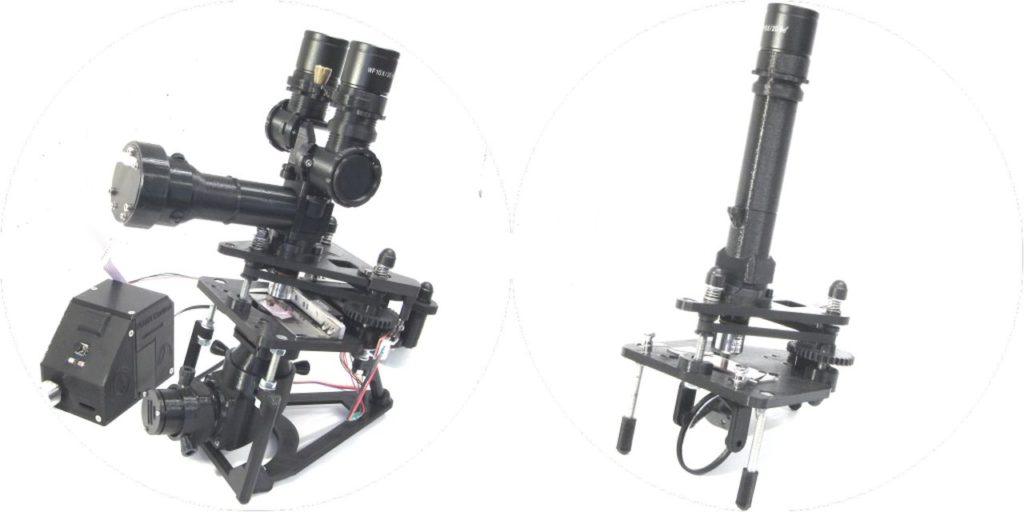
This week’s selection is the Open Source 3D Printed PUMA Microscope by Paul Tadrous.
London-based Tadrous is a medical pathologist who routinely uses commercial microscopes as part of his job. However, while these devices are extraordinarily powerful, they are equally extraordinarily expensive. This puts pressure on the budgets of those wishing to use such equipment.
In response to this situation, Tadrous decided to create a fully open source version of a commercial microscope. Note that while there are plenty of 3D printable microscope designs available online, none of them actually provide the detailed functionality provided by commercial microscopes and required by professionals. The open source PUMA microscope, on the other hand, does meet and even exceed professional requirements.

The name “PUMA” is an acronym for the device’s main advantages.
“P” stands for portability. The PUMA microscope is truly portable, as it can be operated entirely from an on board battery. It can also be easily torn down and put in a carrying bag for extended use in the field. There is no requirement for smartphones, PCs, wall power, etc.
“U” stands for upgradeable. The open source files are improved from time to time, and the CAD files themselves are provided for free download. This means you can easily modify the designs as required for your own projects.
“M” stands for modular. The PUMA microscope can be built in several different configurations, ranging from a basic optical scope to a trinocular motor assisted, augmented reality device with cameras.
“A” stands for affordable. The main plastic parts are easily 3D printed, and with the remaining metal, electronic and optical parts the total build price can be as low as £47 (US$59). The fully equipped configuration would cost only £173 (US$219) and is described as follows:
“An advanced trinocular scope with LED Kohler illumination, the AR HUD projector and controller, XY Vernier slide holder and stepper motor focus control with a trinocular port and eyepiece.”
The system does not require purchase of expensive optical elements from microscope parts dealers, greatly reducing the overall cost.
Here is a short video introduction to the PUMA system:
The images obtained using PUMA are quite incredible, as it is able to accommodate magnifications up to 1000x, sufficient to visualize living cells, bacteria and much more. The PUMA microscope can be used by professionals, it’s that capable.
Tadrous has created a YouTube channel where developments on the PUMA project are constantly detailed, and it’s advised to check for the latest updates to ensure the best part designs are used.
While it’s entirely possible to download the files and build the PUMA microscope yourself, there is an associated website that can provide some parts directly. Optarc offers an entire kit for the base level PUMA microscope, as well as an official carrying case and a selection of eyepieces.
If you’re looking for a very capable microscope at a very low cost, this is the project for you.

